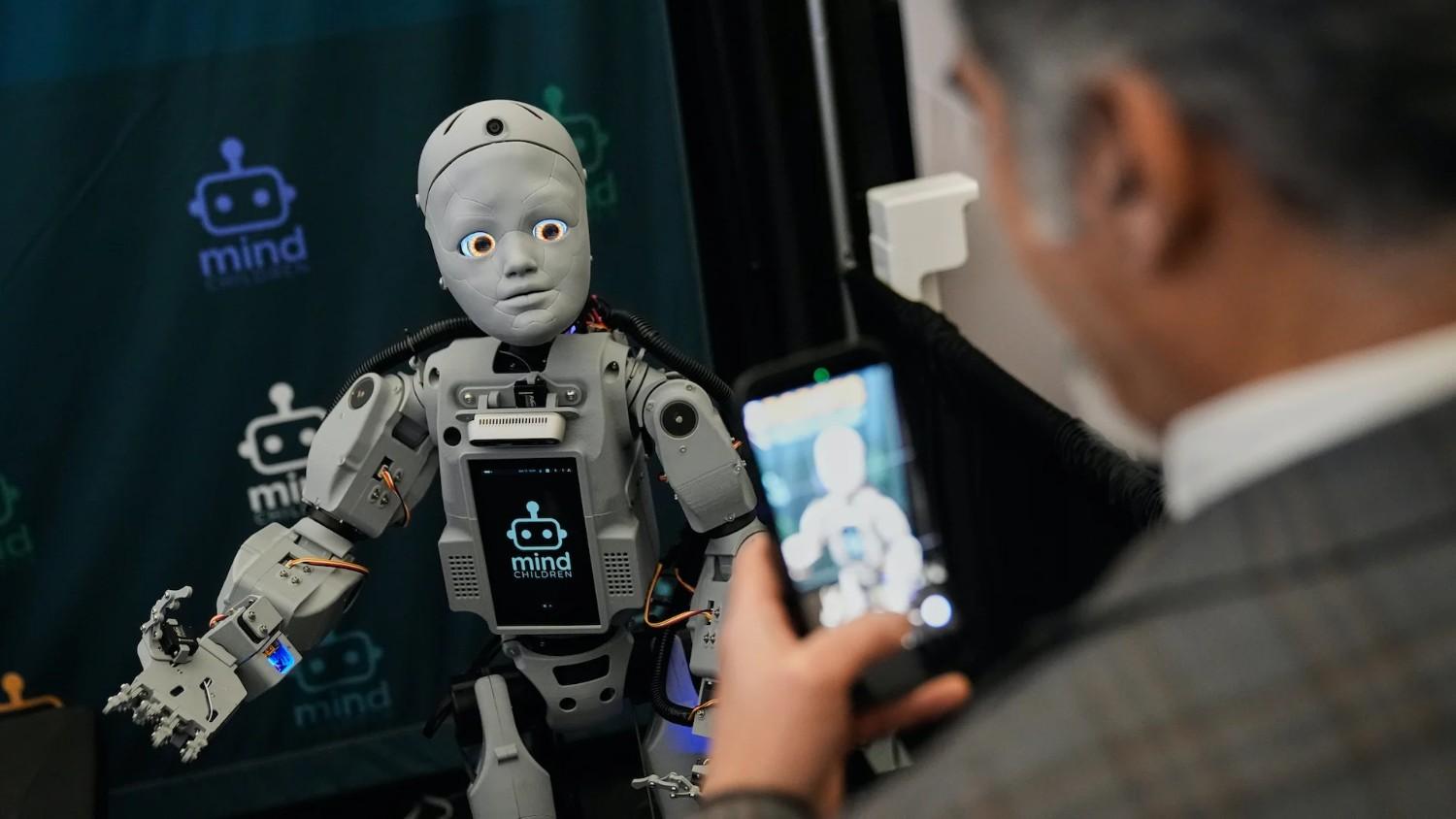- | 9:00 am
Customers aren’t happy with AI chatbots. And businesses in the Middle East should take note
Experts say that as long as people feel they are being heard, it won't matter if they're talking to a human or a bot.

Picture talking to a customer service representative. They speak the same language, understand your problem, and can pick up on your emotions. Now, imagine this is not a person on the other end but an AI assistant.
While much has been said about how AI enhances efficiency, cuts costs, and boosts economic growth, resulting in governments and businesses embracing this technology, many feel that their experiences have regressed over the past year.
According to a recent survey by ServiceNow, 77% of consumers in the UAE said they wouldn’t engage with a brand using AI for at least some services. About 32% cited the lack of personalization, and 20% said they don’t trust the answer they will get.
For Nora Feidi, a corporate communications professional, these findings are not surprising. After dealing with AI customer service, she found the experience rather disappointing. “I didn’t find it useful, and most of the time, I felt like I was going around in circles trying to get the right support and answers,” she says. “I would avoid it if I can, at least until it gets more useful.”
Many share her sentiments. According to the same study, 52% said they’d like to see a return to human-based customer service to minimize automated routes.
This underscores a critical insight that despite the advancements in AI, the essence of customer experience hinges on human connection.
CASE FOR BUSINESSES
However, businesses are increasingly weaving AI into their operations, effectively reducing costs.
But it’s not all doom and gloom for customers. AI can also benefit them. According to Freshworks, a software company that uses AI solutions to support businesses worldwide, it can reduce wait times, resolve problems instantly, and make people more efficient at what they do.
“We use AI to try and serve people quicker,” says Sandie Overtveld, Senior Vice President for Middle East and Africa, Asia Pacific and Japan at Freshworks. “We develop it to make it easier for a customer or an employee to interact with AI, and if the query goes to a human, we use it to help them provide better answers.”
Overtveld adds that AI is ideal for people who want to resolve their problems instantly. Whether someone is looking to make a purchase, fix a laptop, or apply for a leave at a company, they want to do it immediately. “It is about how fast I can get a resolution, not just a response,” he says. “We live in an instant society, so everybody wants the answer immediately and does not wait three hours for a response.”
NARROWING THE TRUST GAP
Despite AI’s success in making businesses more efficient and effective, people are wary of using chatbots and web self-service interactions for help and support.
“For more complex situations, human interaction is still superior,” says Feidi. “We’re social beings, and while much of our lives are getting increasingly automated when we have problems or challenges, or more specific questions to complex issues with banks, airlines, and other consumer brands, we refer back to our instinct of seeking human interaction for help and support.”
Jessica Constantinidis, Field Innovation Officer for Europe, Middle East and Africa at ServiceNow, says it doesn’t have to be an either-or situation when dealing with AI. It depends on the context of the situation and a person’s preference. “A lot of people think that it’s, it’s very black and white, it’s either AI or it’s not AI,” she says. “No, it’s not. It can be a combination of things.”
When building such processes, it becomes especially important to understand how people want to be treated at any given moment.
Constantinidis gives the example of fixing a laptop and dealing with a family loss. In the former, AI can be the go-to tool, but in the latter, human interaction is probably the best choice. “You need to ask yourself the question when you build the process. What would I feel when I’m sitting there? Do I want to talk to a real person?”
CREATING HUMAN-LIKE EXPERIENCES
As AI becomes more human-like, it will become more difficult to distinguish between what is a real human interaction and what is not. Businesses inject more emotion into AI to make people more comfortable using it. But will it work?
Constantinidis says that as long as people feel they are being heard, it won’t matter if they’re talking to a human or a bot.
Today, AI-based systems are used to deliver mental health interventions. Sometimes, they even act as therapists. In a business setting, picking up on emotions can be especially useful. “It can be very good at spotting what is going wrong if the customer’s tone is changing and if they’re getting upset,” says Overtveld. “It can then alert a team member to bring in a supervisor or somebody else to prevent an escalation from happening.”
While customers may slowly be comfortable using AI, employees positively accept this change. According to a newly released study by Freshworks, 84% of UAE workers are comfortable using software applications enhanced with AI.
These findings are also consistent with a similar study done by ServiceNow a few months ago, in which 74% of UAE employees—26 percentage points higher than the EMEA average—saw AI as the biggest opportunity for the future of the workforce, especially due to its capacity to boost productivity.
While these results may seem polarized from those of consumers, they indicate that people can get comfortable using AI, especially when it boosts their productivity and supports their work.
“Once people realize that they can interact with AI in ways that they just couldn’t do previously, it will become a natural way of interacting,” says Overtveld. “That makes you incredibly useful and will be much more efficient. But you can’t alienate your customers, so you might have to take them on a journey to get them there.”
Ultimately, technology should enhance, not replace, the responsiveness that defines exceptional customer service. Businesses need to integrate technological innovation with people-focused approaches.








































